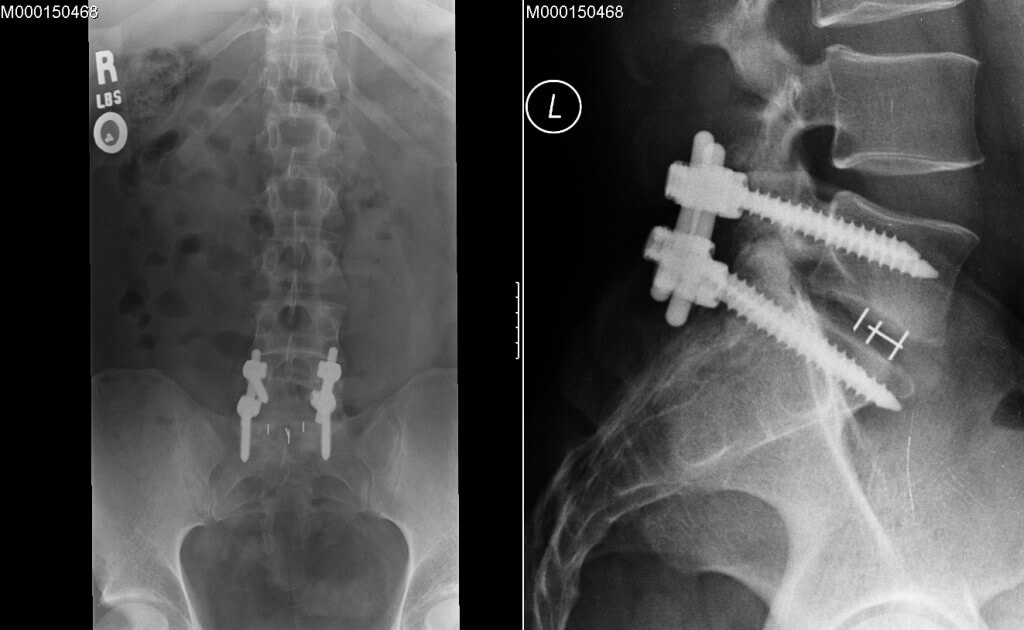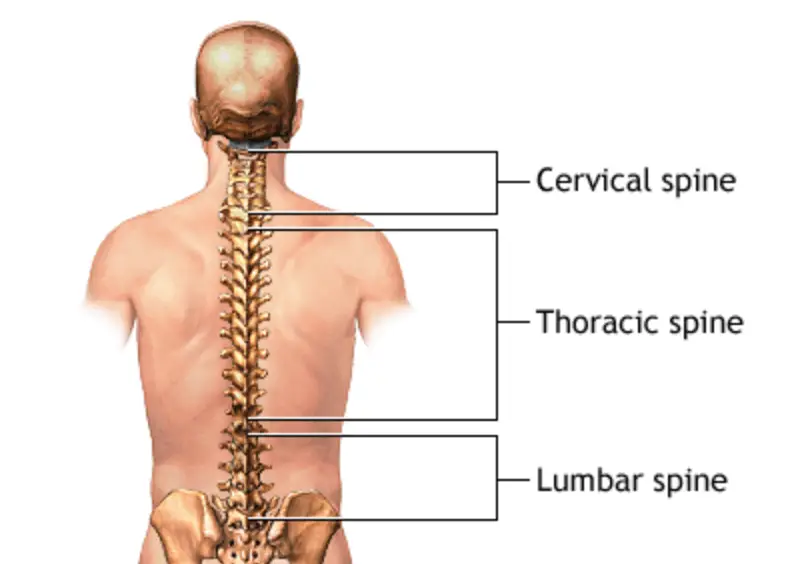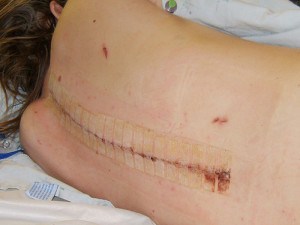Do you want to know how life would be after spinal fusion? Do you often worry about the Quality of life after spinal fusion surgery?
Does the term “fusion back surgery” scare you? Worry no more! You will find all your answers in this article.
According to research, around 1.62 million spinal fusion procedures are performed each year in the US alone. And did all of them have the worst consequences in life after spinal fusion? The answer is a big NO!
Life after Spinal Fusion
No matter how scary the thoughts of living with spinal fusion are. After fusion treatment is done, the people usually get to experience an unpredicted life after spinal fusion surgery.
Though yes, there is also the other side of the story, which is Bad, and patients often fail to recover. However, consulting with a surgeon is always a better option to proceed with because, at times, you might feel a lot of pain but, a surgical intervention won’t be a necessity.
What Does Spinal Fusion Mean?
The term spinal fusion (medically known as spondylodesis) is a surgical therapy that helps stabilize the spine after a vertebral injury. This Fusion Spinal Surgery is an instrumental process that requires a few screws or plates to permanently join the vertebral bones together.

Non-instrumental procedures can also be performed. But this type of fusion surgery has less effectiveness, and so the hardware technique is preferred.
Does it sound painful? Well, don’t worry the patient is anesthetized before the surgery, which makes the process nearly painless. Now the question is; What are the conditions that require spinal fusion surgery?
Answer: The conditions like vertebral fractures, degenerative disc disease (a most common cause of spinal injury), spinal trauma (like in kyphosis and spondylosis), and other spinal injuries require fusion back surgery.
Most Likely Causes of Lumbar Back Pain
Now before we proceed with describing the life after spinal fusion surgery, let’s first highlight the life before lumbar back fusion. The spinal fusion technique is usually done on three vertebral levels:
- Cervical spine
- Thoracic spine
- Lumbar spine

The cervical and lumbar spine levels are the two most common parts where a cervical or lumbar vertebrae fusion is done. This is because these two spine levels are most mobile and at high risk of getting injured.
In fact, we all have experienced the severe ‘back pain’ while working or studying. But luckily, not all of us require fusion surgery on the upper or lower back.
However, sometimes when there is excessive movement of the vertebrae or any trauma (internal or external) to the spine, the pain becomes intolerable. And that is when the patient needs to see a surgeon.
Now after the spinal fusion surgery is performed, the question arises: How does living with spinal fusion feel? Let’s find that out!
Living with Spinal Fusion

Living with spinal fusion is better than living without the fusion, that is, tolerating all the pain. In case you are wondering, this is how a patient’s back looks like after spinal fusion surgery. However, it’s not all glittery either.
Spinal fusion affects the normal movement of the vertebrae, and it might be hard to perform certain tasks. The Normal day-to-day tasks like:
- When trying to sit upright from a lying position
- Working or studying for long hours
- And even the normal gait might get affected.
You will feel irritated when you won’t be able to run to catch the bus or when you have to bow down to pick your fallen food. However, quality of life after spinal fusion surgery will be much more effective if you would rather be patient.
What Is the Quality of Life After Spinal Fusion?
Are you worried about what will happen next and how life will be after spinal fusion? Well, cool down because the results are mostly good.
However, like any other Major surgical process, spinal fusion can have severe negative consequences. But don’t worry, all you need to do is; be careful after the spinal surgery, rest more, and move slowly.
Effectiveness of Fusion Back Surgery
According to a survey, around 80% of people after back surgery with long fusion lives a healthy and normal life. And approximately 96% with primary fusion get to enjoy the life after spinal fusion same as before.
Moreover, there are living examples of people who have gone skiing, traveled the world, and worked like before, after back surgery.
In short, spinal surgery has around 50% to 70% effectiveness overall. The fraction is less than other grafting and bone-replacement surgeries. But the spinal fusion surgery is not very deadly either.
Complications of Post Back Surgery
Now buckle up yourself for a little piece of bad news (but there is no need to panic just now).
You would get rid of the fracture after back surgery but like any other surgical treatment, it can result in a few complications. We have bulleted them down:
- Degenerative disc disease
- Infections
- Bleeding from the incision
- Excessive pain
Note: pain and swelling are part of the normal recovery process. But if it’s getting worse and you also notice other signs and symptoms, better hurry to your Doctor.
FAQs
The Quality of life after spinal fusion surgery is not entirely out of danger. You might experience the following side effects:
● Loose or broken screws
● Bones fail to fuse
● Spinal muscle injury
● Arthritis
● Degeneration of the adjacent discs
The Normal recovery time after fusion spinal surgery is eight months. Though, the bones keep on fusing and might still be weak. So it’s better if you wait for at least a year or more before getting back to your normal routine.
Conclusion
To summarize it all, living with spinal fusion is Hard but not impossible. It is painful at times. But mostly, the life after spinal fusion turns out in your favor.
On the other hand, there are mild to severe complications after back surgery, and they can even be deadly. However, not getting treatment only out of the fear of spinal fusion surgery can have even aggressive complications.
